There is a huge demand for seafood around the world. Seafood makes up one sixth of all animal based proteins consumed around the world. With the increase in demand for seafood, comes the demand for sustainable aquaculture.
New research has shown that since the supply of wild caught fish reached its peak in the 1990s, aquaculture or fish farming industries have been growing rapidly. The world’s demand for seafood has increased, so to meet the increasing demand, aquaculture has also increased its production. Production of seafood through aquaculture has doubled between 2000 and 2012 and the production needs to double again between now and 2050 to meet the protein demands of the increasing global population.
Is sustainable growth of aquaculture viable?
Growth of aquaculture is absolutely necessary for meeting future demands for food. However, like any other sector of agriculture, it has its limitations. One of the biggest impacts of aquaculture is its environmental impacts. Some aquaculture practices that do not maintain standards and follow sustainable aquaculture practices, negatively impact the environment and also put pressure on wild fish growth by habitat modification and using wild caught fish as fish feed. Aquaculture has also contaminated wild fish habitats with pollution and diseases.
The question remains: Is sustainable growth of aquaculture viable? Is it possible to increase production of aquaculture without increasing the environmental impacts? Sustainable aquaculture is a real challenge. Below are five ways to make aquaculture sustainable.
5 Approaches for Sustainable growth of aquaculture
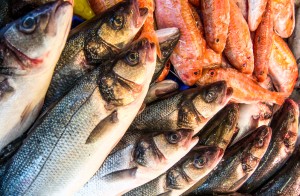 Based on our research, here are five ways to achieve sustainable growth in aquaculture production.
Based on our research, here are five ways to achieve sustainable growth in aquaculture production.
1. Investing in new technologies
The aquaculture industry is relatively new compared to the livestock industry. More research is needed in developing new techniques, ideas and sustainable methods, in breeding, disease control, weed control and feeding. Science and technology can play a major role in developing low impact production systems to complement the traditional methods.
Technology has always played an important role in sustainable agriculture. In every part of the world, more scientific research and development is needed, be it by government, individuals, farmers, or research institutes, to find sustainable methods of boosting production.
2. Reduce dependency on ocean caught fish as feed
Shifting away from fish based or fish oil based feed towards plant based feed grown in sustainable farms can be a step towards sustainable aquaculture. Using wild caught fish or juvenile ocean fish as feed is not sustainable. For example it takes a vast number of wild caught fish to feed salmon in fish farms. According to a study in the journal Nature “more than three pounds of wild fish—anchovies, herring, sardines, menhaden, mackerel, and the like—are needed to produce one pound of marketable farmed salmon.” (Source: Pure Salmon Campaign – Raising the Standards for Farm-Raised Fish)
3. Focus on the environmental impacts beyond individual farms
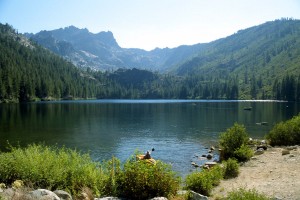 Instead of focusing on individual farms, planning beyond the farm area is needed, especially if there are a number of farms operating in a specific zone. The cumulative environmental impacts can be magnified many times, if many farms are operating in a small area. Even if they are following the laws and regulations, the environmental damage, water pollution, and diseases can become a problem.
Instead of focusing on individual farms, planning beyond the farm area is needed, especially if there are a number of farms operating in a specific zone. The cumulative environmental impacts can be magnified many times, if many farms are operating in a small area. Even if they are following the laws and regulations, the environmental damage, water pollution, and diseases can become a problem.
“Spatial planning and zoning can ensure that aquaculture operations stay within the surrounding ecosystem’s carrying capacity and can also lessen conflicts over resource use.” Says Richard Waite of World Resources Institute.
4. Reward sustainable farming
Government or private policies could be designed to reward sustainable farmers to encourage them, educate them and assist them with sustainable agriculture. More government and private organizations need to come forward and develop a system for supporting local farmers.
In many areas, people are not aware of the negative impacts of some agricultural practices, or they may not know about the latest production methods. Some farmers lack the proper funding to upgrade their traditional systems. Providing free training and facilities for resources such as water supply, and sustainable wastewater treatment methods could lead to global standards and sustainability.
5. Eat sustainable seafood
Informed consumers can make a whole lot of difference on the seafood consumption. Eating sustainable seafood means to consume fish that was raised and caught in a sustainable manner, without overfishing, or damaging the ecosystem and natural habitat. Therefore, eating sustainable fish means eating fish that is low on the food chain, such as tilapia, catfish, carp, and bivalve mollusks and less of the big fish such as salmon, shark, tuna, or swordfish. Keep in mind that fish that are older are more toxic and are also among the most vulnerable population of seafood.
Conclusion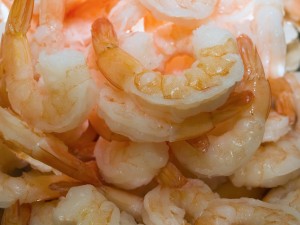
With the increased demand for seafood and wild caught fish being under constant threat, the world today needs sustainable aquaculture. Information and training can play a vital role in encouraging sustainable aquaculture, along with government and private incentives, global level planning and monitoring. Consumers can also play a major role by eating sustainable seafood; eating fish that doesn’t need a large amount of wild caught fish to ease the pressure on marine ecosystem.
Do you have a question or comment regarding this article? Please post these in the comment box below. We would appreciate your feedback on our Facebook page.
You could also reach us at : (303) 495-3705 or Click here to Book A Meeting.
Source: WorldWide Aquaculture
Resources and related articles:
- Aquaculture Farmed Seafood and Its Global Impacts | WorldWide Aquaculture
- Do You Practice Responsible Aquaculture? | WorldWide Aquaculture
- A Guide to Eating Sustainable Seafood | WorldWide Aquaculture
- Sustainable Fish Farming: 5 Strategies to Get Aquaculture Growth Right | World Resources Institute
- Effect of aquaculture on world fish supplies : Article : Nature
- Pure Salmon Campaign – Raising the Standards for Farm-Raised Fish


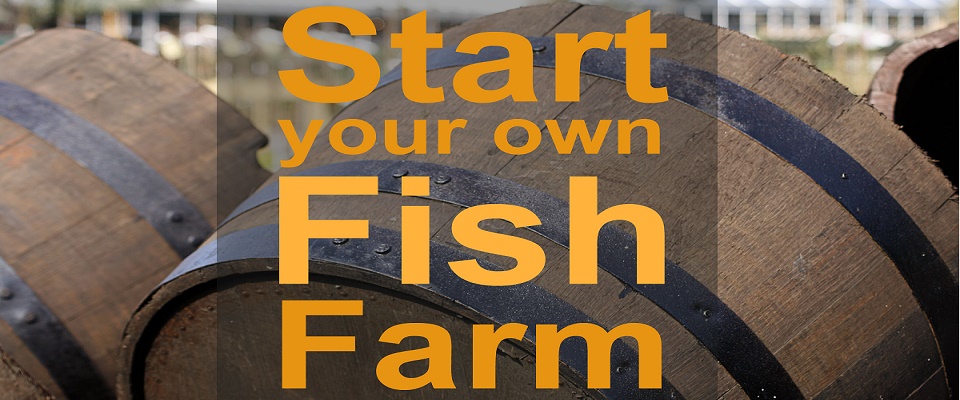
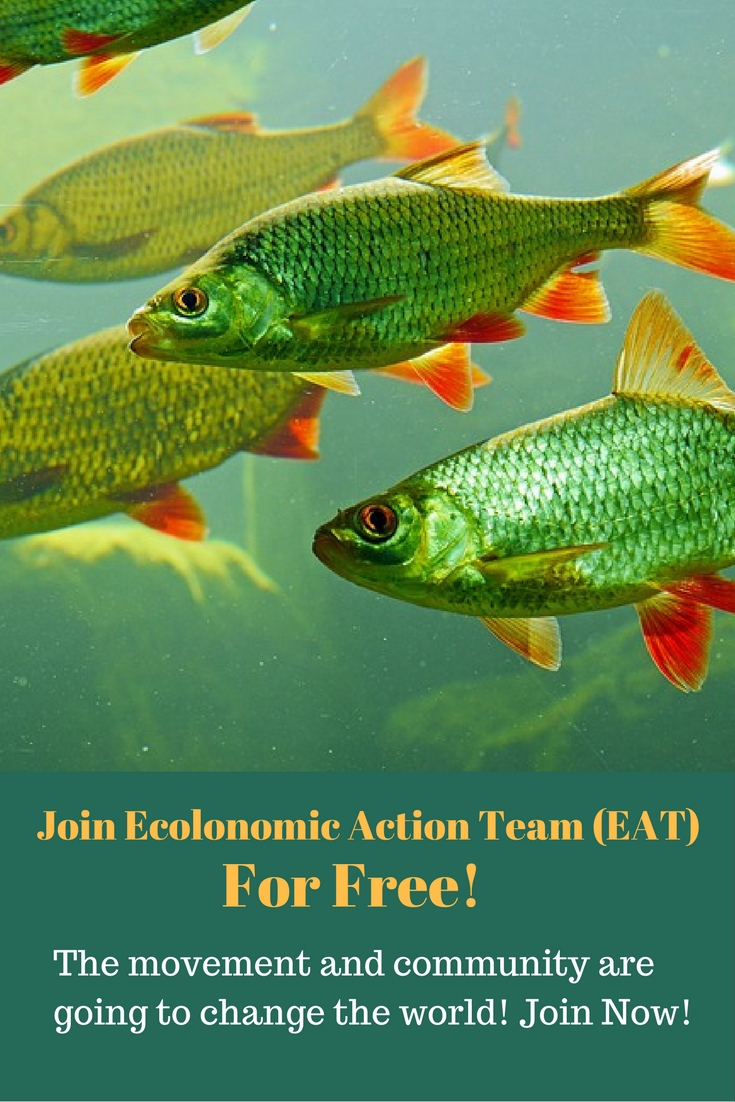
We may get protein from single cell organisms& plankton
Great thought!
The reason for that, Helen, in a word, is refining. Oil refineries are enormously expensive, complex, (and potentially dangerous) and the U.S. leads in that category. Just pumping the stuff out of the ground is ch;1#&d82l7is play by comparison.
Also Sustainable Manufacturing fish feed are needed to making Aquaculture Sustainable ; extruded fish feed & heigh quality formula & good raw material even …
Thanks for sharing your thoughts with us
Hi, all the time i used to check webpage posts here in the
early hours in the break of day, for the reason that i enjoy to gain knowledge of more and
more.
First of all I want to say terrific blog! I had a quick question which I’d like to
ask if you don’t mind. I was interested to find out how you center yourself and clear your head prior to writing.
I’ve had a hard time clearing my thoughts in getting my thoughts
out. I truly do enjoy writing however it just seems like
the first 10 to 15 minutes tend to be wasted just trying to figure out how
to begin. Any suggestions or tips? Thanks!